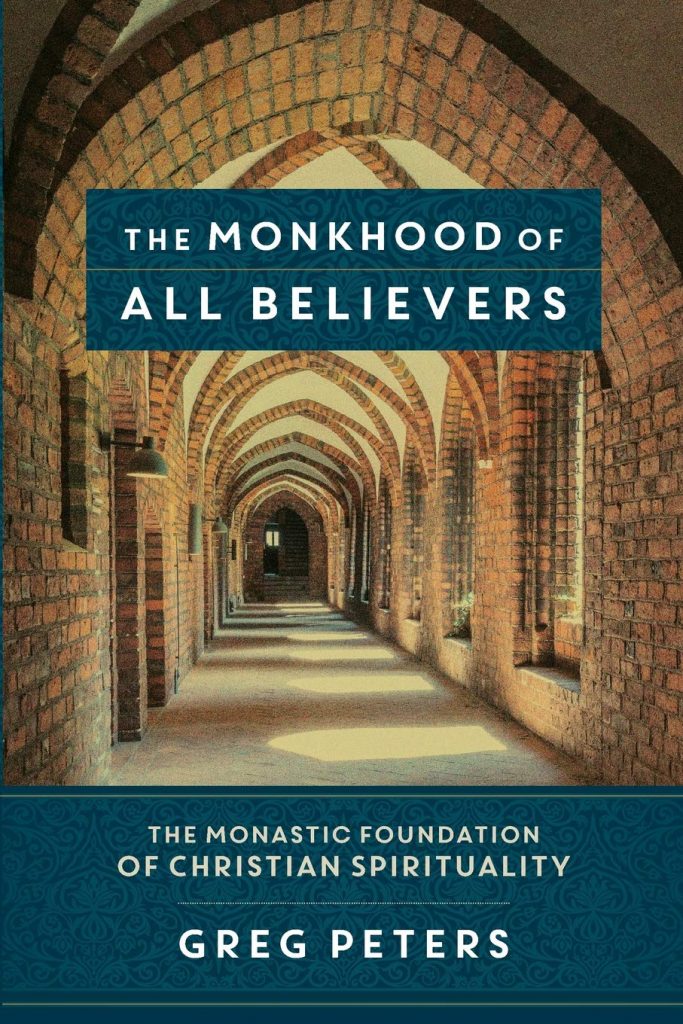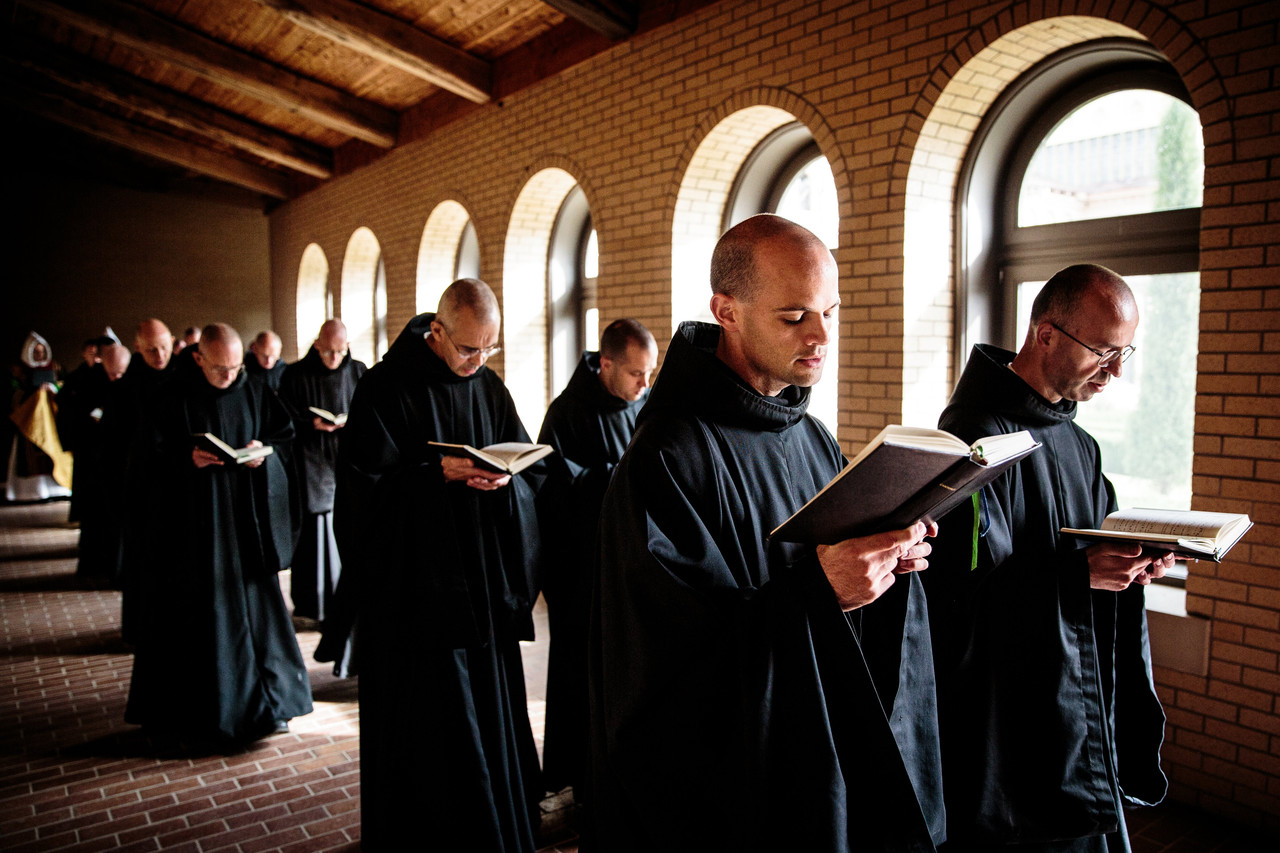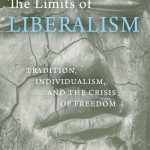Those who are inclined to agree with Patrick Deneen (and others) that liberalism has indeed failed may ask what way of life would be more conducive to human flourishing. Deneen speaks favorably of something akin to Rod Dreher’s Benedict Option, where people seek to build a “counter-anticulture” in which “practices of care, patience, humility, reverence, respect, and modesty” are cultivated (Why Liberalism Failed, 192). Edward Feser has likewise recommended that those who wish to live as post-liberal conservatives should commit “firmly to a countercultural way of life – to religious orthodoxy, to having large families, and to preserving the social and cultural inheritance of the past the best one can at the local level, Benedict Option style.”
Let us suppose with Deneen and Feser (though some have disputed this point) that our labors to build and preserve culture should largely take place at the local rather than the national level, given that post-liberals are unlikely to accomplish much on a societal scale in the foreseeable future. Even then, there remains a prevalent objection to the Benedict Option or anything like it, namely that it amounts to an unconscionable turn away from public engagement into self-imposed seclusion.
Fueling this objection is the fact that the Benedict Option is named for one of the chief founders of Western monasticism, Saint Benedict of Nursia. Surely it is natural, then, to conclude that a plan of action inspired by such a figure is effectively a call to become cloistered monks and nuns?
The root assumption here is that by definition a monk is someone who takes a vow with a formal order—Benedictine, Cistercian, or whatever—and joins a monastery. If this is correct, then insofar as the Benedict Option and similar proposals resemble monasticism, they inappropriately prescribe as universal a way of life that is suitable for only a relative few.

However, such a narrow understanding of monasticism can be contested, as Greg Peters shows in his The Monkhood of All Believers: The Monastic Foundation of Christian Spirituality. In this book Peters argues that while the conventional definition of monasticism given above accurately reflects what being a monk has often looked like for much of Christian history, the category of “monk” has nonetheless historically been understood more broadly than this definition implies.
Indeed, according to Peters, the Christian tradition has held that the essence of being a monk is “to be one, not divided; to be unified in one’s goal of coming into union with God.” Thus, “Though monasticism is associated historically with celibacy and other forms of asceticism (such as poverty, stability, and unwavering obedience), single-mindedness is another consistent element of monasticism, and the one that seems to be more essential in the earliest tradition” (42).
Given that a single-minded commitment to God is inherent in the baptismal vows common to all Christians, Peters continues, it follows that all Christians are called to be monks. This is not to say that formal monastic orders are superfluous, though. As he puts it,
To be a monastic is to live faithfully into one’s baptismal vows, and to be a nonmonastic also means to live fully into one’s baptismal vows. It is not an issue of a perfect versus imperfect life but one of location. Some men and women will be called into the monastery in order to live out their monastic calling in a particular way, according to a particular set of rules, whereas others will be called to be monks and nuns outside the cloister and the monastery walls. (85)
So what does monastic life look like for those who do not join a formal order? On Peters’s account interiorized monks, just like formal monastics, are to lead ascetic lives, with asceticism being defined as “the voluntary abstention from food and drink, sleep, wealth, sexual activity, and so on (for a period of time or permanently), for the purpose of maintaining inner attentiveness to God and achieving union with God” (93).
However, Peters holds that while the ascetic practices typically associated with formal monastics—periods of fasting, sexual abstinence, and so on—remain open to informal monastics, the primary form asceticism will usually take for interiorized monks is “liturgy (especially the Daily Office and the Holy Eucharist)” (108). If identifying liturgy as an ascetic practice seems odd, think about the purpose of asceticism as described above and ask yourself: when are we more attentive to God than when we are praying to him and feeding on his flesh and blood?
This basic summary omits a great deal, such as Peters’s historical overview of the meaning of monasticism and his discussion of how the biblical concept of the priesthood of all believers supports the broader understanding of monasticism he argues for. Suffice to say he has done a valuable service in undermining the pernicious (and popular) belief that the monastic lifestyle is reserved for a few spiritual elites, while everyone else must accept the status of “second-class Christian.”
In fact, as Peters observes, the hostility Protestants have often shown toward monasticism stems in large part from this misconception, which in turn “has impoverished Protestant spiritual life and practice” (180). His arguments could thus contribute to a renewed appreciation for monastic living (liturgical and otherwise) among Protestants in particular, as well as Christians generally.
Such an outcome is possible if we understand that to be a monk and to be isolated are not one and the same. All Christians, even those who do not join a monastery, are called to asceticism. The invocation of monastic ideals by the Benedict Option or comparable proposals is therefore no reason to fear that their visions of a holy and wholesome life amidst liberal decline require total separation from the rest of the world. Such visions simply require the disciplines that guide us all toward union with God.






7 comments
Rob G
I’m Orthodox, not Catholic, thus I could be wrong about it, but I do not think that Catholicism teaches that we can experience God “in his essence” outside of or apart from Christ. Orthodoxy certainly doesn’t, and it’s just as strongly ascetic/monastic as Catholicism.
Nicholas Skiles
Catholics do not make the essence and energies distinction. The Palamite Controversy/ Hesychasm are, in my understanding, looked on unfavorably in the West. It was my impression that the RCC teaches only the possibility of experiencing God through “created grace” rather than directly through his “uncreated energies”. Heaven by extension is one of the “beatific vision” (God’s glory seen from a distance) rather than deification/theosis through immersion in God’s energies in union with Christ. No we can’t experience God in essence. To experience the essence of God is to be God. Only Three Persons have that distinction. Humanity is wholly other, but through the union of the divine and human in Christ, we can participate in God’s grace (which is synonymous with his uncreated energies).
Grant
Thank you for the article, James. I have little doubt the liturgical rhythms you are promoting would be spiritually beneficial to modern believers potentially caught up in the “devilish onrush” of our current century. That being said, I found Michael Horton’s critique of medieval spirituality in his book on Calvin thoroughly compelling. Drawing on Luther and Calvin, Horton contrasted the attempt to ascend to God to experience Him in his essence (whether through mystical experience or moral perfection) with receiving God as He presents Himself to us in Christ, “as he is clothed in the gospel”. Catholic monasticism does seem to smack of the former a bit; whereas the latter seems to me closer to the essence of biblical, apostolic Christianity.
Thanks,
Grant
Rob G
I absolutely believe in “everyday asceticism,” and I firmly agree that liturgy is vital, but “detachment” and “non-acquisitiveness” have to be a major part of it too, especially given the consumerist nature of our current liberalism. We don’t have to sit on pillars or wear hair shirts, obviously, but we should be quick to reject anything like a Robb Report Christianity. We of all people should find conspicuous consumption scandalous.
In my opinion the best recent introduction to everyday asceticism is Frederica Mathewes-Green’s little book The Illumined Heart. A bit more intense is Tito Colliander’s small classic The Way of the Ascetics.
Nicholas Skiles
Both volumes are excellent. I read Colliander far sooner than I should have (my second Lent). Didn’t read the Illumined Heart nearly soon enough.
leroy see
Very thought provoking article. To me, the beauty of Catholicism over the centuries is that it offered “a sense of place” for almost anyone to experience and worship God’s majesty. Those who were ascetics to the extreme could find a relationship with God in secluded orders in which virtual silence and hard manual labor was the rule. Those who were more outgoing could find that relationship in teaching or nursing or Christ-based social work while living together in a mother house, or living apart in a “regular” house in the middle of suburbia. In all cases the purpose of “taking the vows” is to accept worshiping God as the primary purpose for one’s life by using Holy Scripture as a guide. That guideline applies to Catholics and Protestants, and those who don’t define themselves as one or the other but accept monotheism. In today’s culture of intolerance to things Christian it is extremely difficult to be open about one’s beliefs. Perhaps the Benedict Option is inevitable in a society as repressive as ours has turned out to be. Perhaps too, “Atchison Blue” by Judith Valente is a way to weather the storm of Liberalism insofar as day to day living among those who would silence Christians without understanding or caring what it is we do and why. Her work, to me, symbolizes a felt need to do something about the spiritual emptiness of a life she once led. To her credit, she did something about it.
Dan Grubbs
Mr. Clark’s words, and those he has shared from Greg Peters, harken back many words of A.W. Tozer and his thinking about our personal and individual relationship with God. Notwithstanding some of the more recent complaints about Tozer’s spiritual disciplines, I think there is much good that secular monasticism or spiritual disciplines can provide the follower of Christ.
Here are some words from Tozer I think are similar to Clark/Peters:
“Retire from the world each day to some private spot, even if it be only the bedroom (for a while I retreated to the furnace room for want of a better place.) Stay in the secret place till the surrounding noises begin to fade out of your heart and a sense of God’s presence envelopes you … Listen for the inward Voice till you learn to recognize it. Stop trying to compete with others. Give yourself to God and then be what and who you are without regard to what others think … Learn to pray inwardly every moment. After a while you do this even while you work … Read less, but more of what is important to your inner life. Never let your mind remain scattered for very long. Call home your roving thoughts. Gaze on Christ with the eyes of your soul. Practice spiritual concentration. All the above is contingent upon a right relationship to God through Christ and daily meditation on the Scriptures. Lacking these, nothing will help us; granted these, the discipline recommended will go far to neutralize the evil effects of externalism and to make us acquainted with God and our own souls.”
“Coming into union with God” and becoming more “acquainted with God” seem to be akin to each other. In fact, I’d say they are so close that they are describing the same process of sanctification.
Comments are closed.